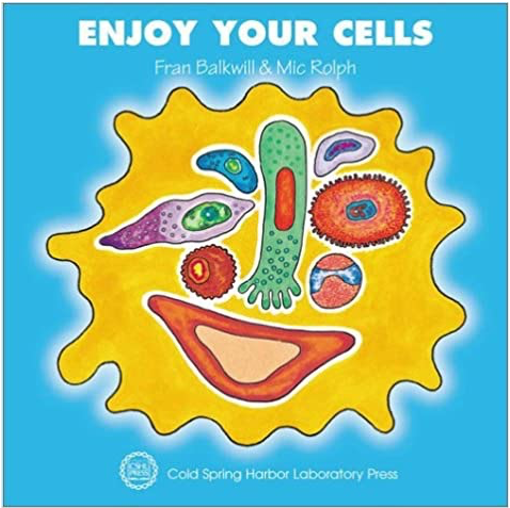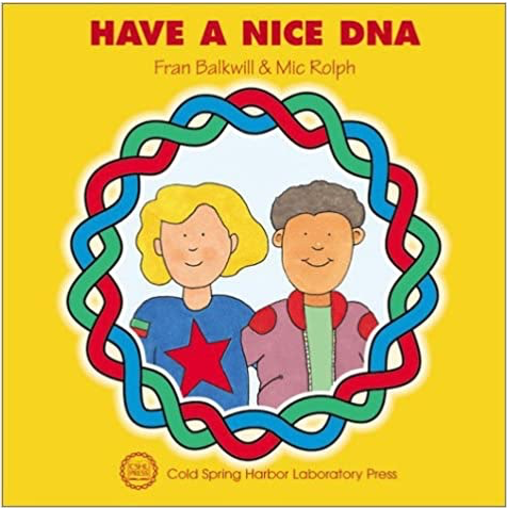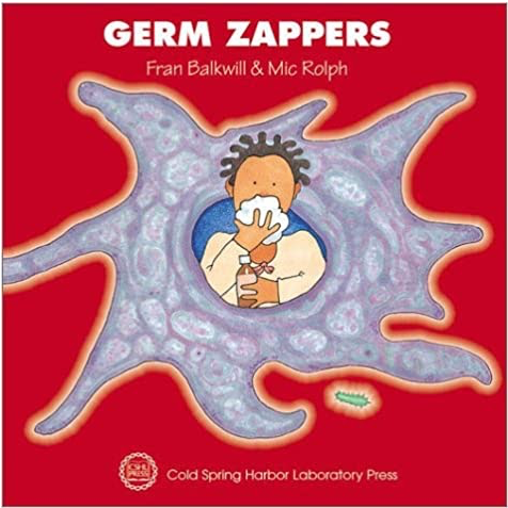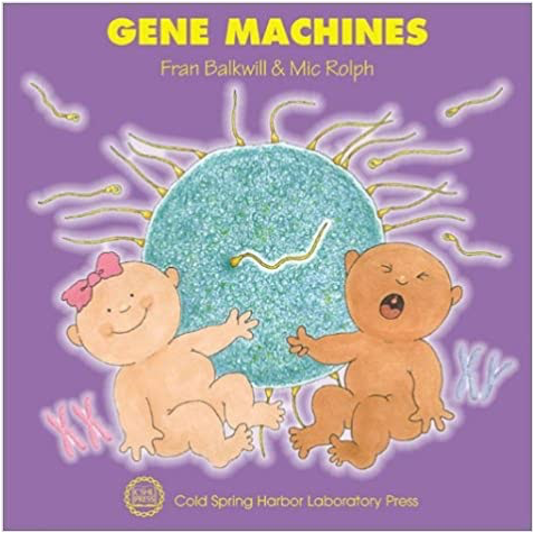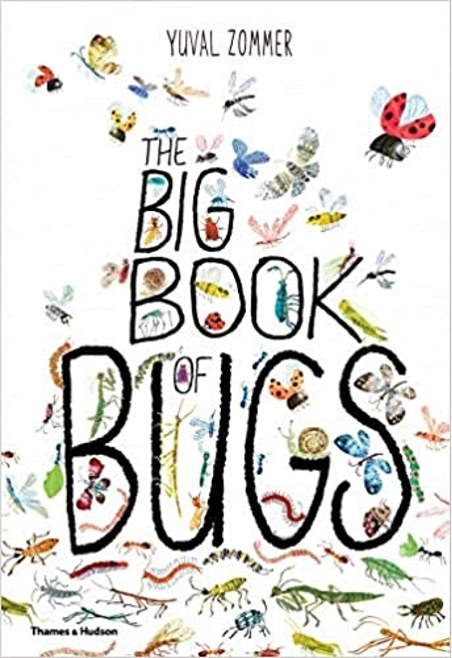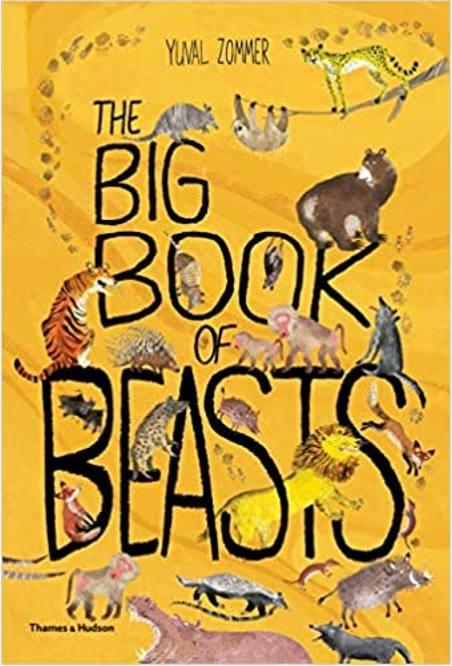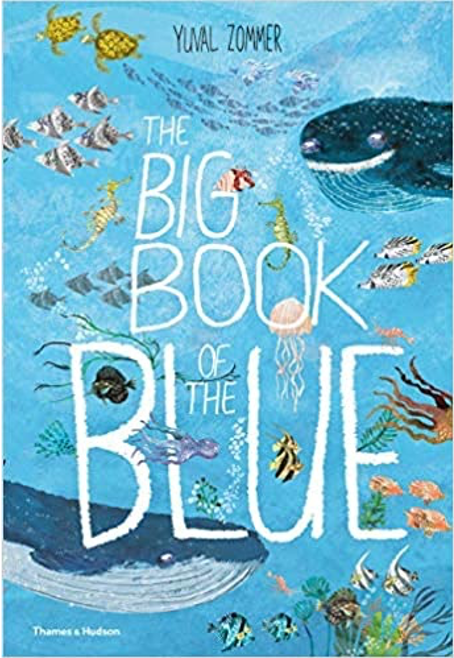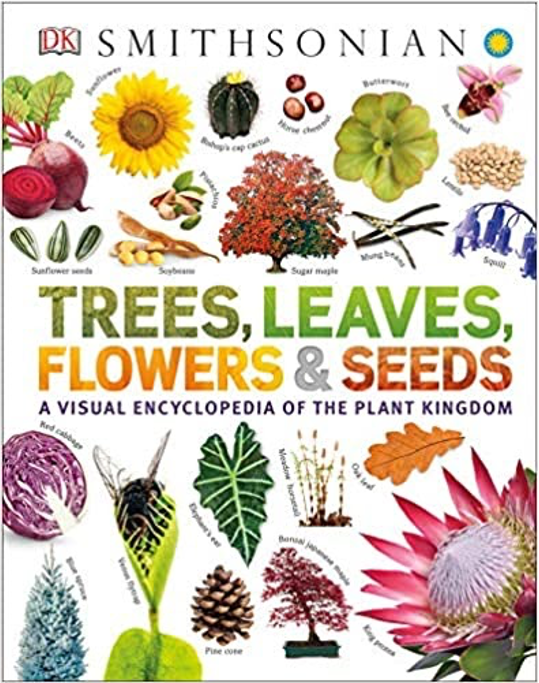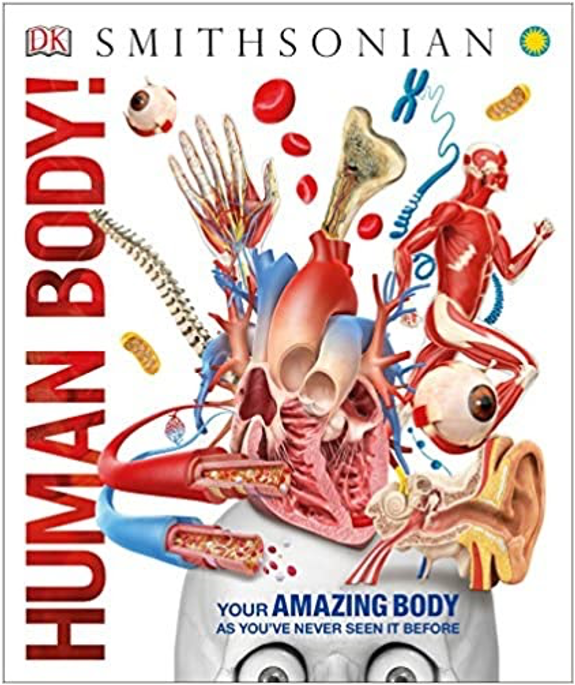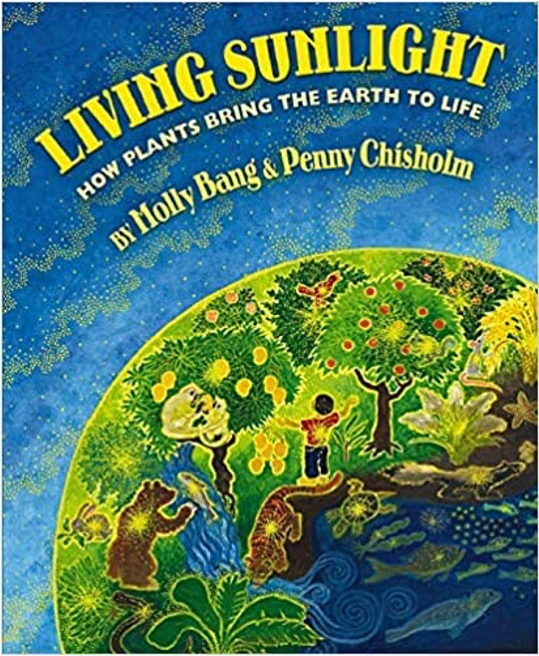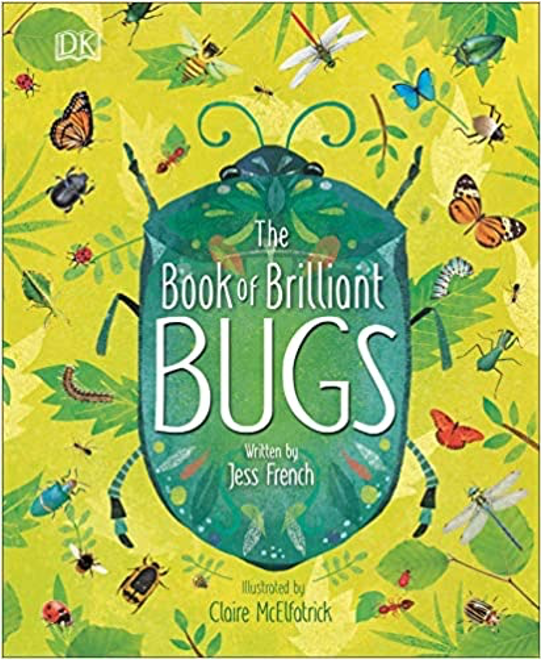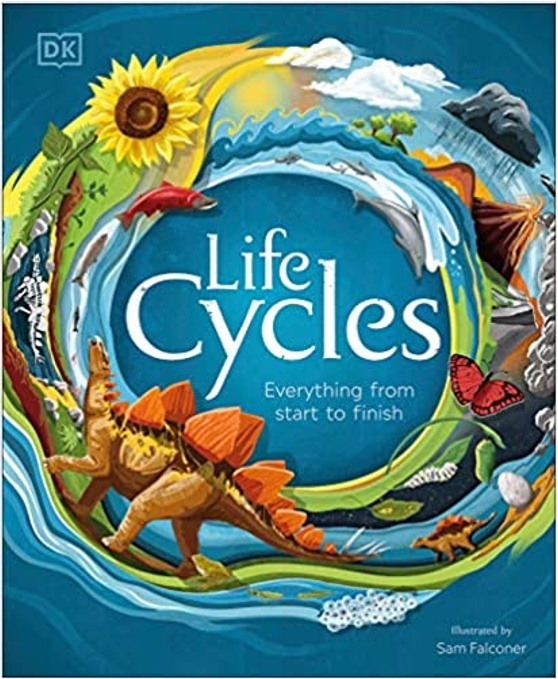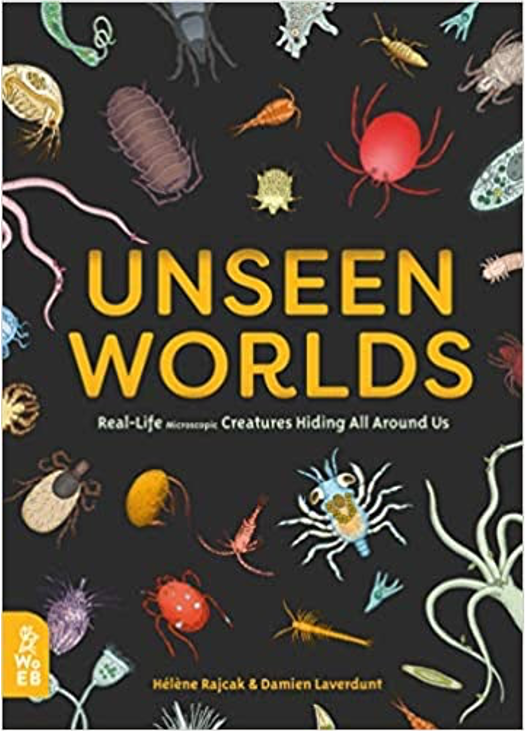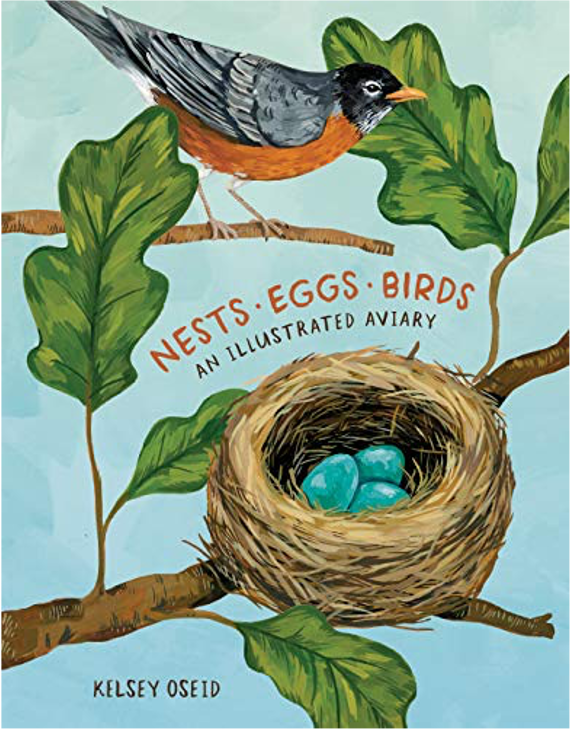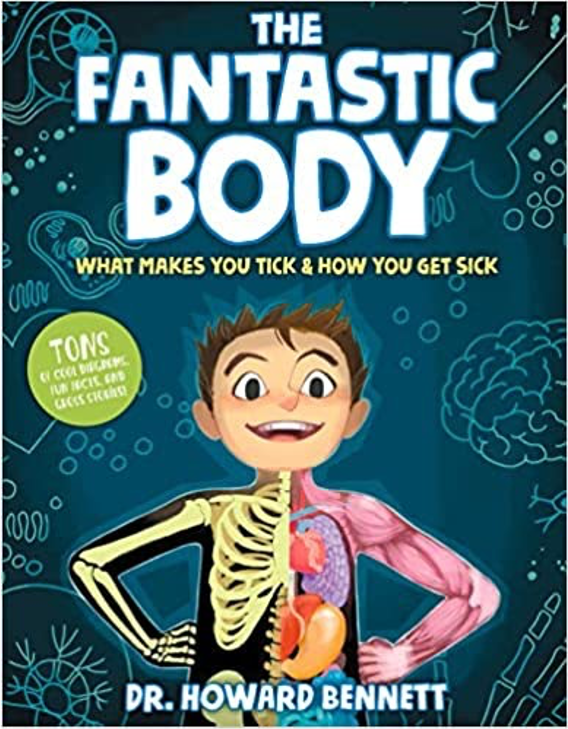Biology Books for Young Students
Biology Books for Young Students
Over and Under SeriesGrade K-2 |
Writer Kate Messner and Illustrator Christopher Silas Neal take children on a tour through the hidden parts of nature. The text is poetic and imaginative, and the illustrations are inviting, featuring diverse and inclusive characters. These books encourage a child’s imagination and at the same time increase awareness of all the diverse life that makes up the world around us. |
|
|
Over and Under the PondDiscover the plants and animals that make up the rich, interconnected ecosystem of a mountain pond. Over the pond, the water is a mirror, reflecting the sky. But under the pond is a hidden world of minnows darting, beavers diving, tadpoles growing. These and many other secrets are waiting to be discovered...over and under the pond. |
|
|
Over and Under the SnowOver the snow, the world is hushed and white. But under the snow exists a secret kingdom of squirrels and snow hares, bears and bullfrogs, and many other animals that live through the winter safe and warm, awake and busy, under the snow. Discover the wonder and activity that lies beneath winter s snowy landscape in this magical book. |
|
|
Up in the Garden and Down in the DirtExplore the hidden world and many lives of a garden through the course of a year! Up in the garden, the world is full of green—leaves and sprouts, growing vegetables, ripening fruit. But down in the dirt exists a busy world—earthworms dig, snakes hunt, skunks burrow—populated by all the animals that make a garden their home.
|
|
|
Over and Under the RainforestDiscover the wonder that lies hidden among the roots, above the winding rivers, and under the emerald leaves of the rainforest. This book shows a wide cast of lesser-known animals such as the slender parrot snake, the blue morpho butterfly, and the toucan, and introduces the different behaviours of animals such as capuchin monkeys who swing from vines and slow-moving sloths who wait out daily thunderstorms. |
Enjoy your Cells SeriesGrades 1-4 |
Fran Balkwill is Professor of Cancer Biology at St. Bartholomew's Hospital and the London Queen Mary School of Medicine. Mic Rolph is a graphic designer with much television and publishing experience. Together, they have invented a new way of getting science across to children. Their unique brand of simple but scientifically accurate commentary and exuberantly colorful graphics aims to take young readers on an entertaining exploration of the amazing, hidden world of cells, proteins, and DNA. |
|
|
Enjoy Your CellsBeneath your skin there is an amazing hidden world of living cells. Millions and millions of cells work together, to make everything that is you. But did you know that you started life as just one tiny cell? And did you know that everything that lives on Planet Earth is also made of these amazing cells? |
|
|
Have a Nice DNAOnce upon a time you were very, very small. In fact, you were made of just one tiny cell. But the incredible thing about that tiny cell was that all the instructions to make you were hidden inside it. And all because of a very important chemical substance called DeoxyriboNucleic Acid--everyone calls it DNA. |
|
|
Germ ZappersPlanet Earth can be a dangerous place for all living creatures, including you. You can usually escape from erupting volcanoes and floods. You can protect your body from the blazing Sun and freezing snow. But wherever you live and whatever the weather, you cannot escape GERMS!
|
|
|
Gene MachinesWelcome to your family: all the wonderful inhabitants of Planet Earth. We share something very special with every human being, animal, plant, and microscopic creature. What do we share with all living things? We are all GENE MACHINES! |
Big Books SeriesGrades 2-4 |
Yuval Zommer has created this series of beautiful encyclopedia-like books about nature. The pages are filled with colorful quirky illustrations, interspersed with remarkable facts that will astonish children and adults. Picture-book charm pairs with informative nonfiction in this series of beautiful, large-format books. |
|
|
The Big Book of BugsFrom moths and beetles to worms and spiders, the world is crawling with fascinating bugs. The Big Book of Bugs is the first fact-filled book for children to explore the vast array of creepy-crawlies that share our Earth.
Children learn that bugs live nearly everywhere on the planet and gain tips on how to become a young bug spotter. Scenic compositions on each page are dedicated to key groups of bugs, including beetles, moths, butterflies, bees, snails, crickets, grasshoppers, worms, and spiders. Some spreads approach the world of bugs thematically, such as bugs that come out at night, baby bugs, and life cycles, how bugs hide and show off, and how some bugs love to live in your home.
|
|
|
The Big Book of BeastsThis book features some of the grizzliest, hairiest, bravest, wiliest, and most fearsome beasts in the animal kingdom. In the first pages children learn that beasts are wild animals that can’t be tamed and that they all defend themselves in different ways. As the book continues young readers meet specific beasts, including armadillos, bears, tigers, and the Tasmanian devil. The Big Book of Beasts also approaches the world of beasts thematically, looking at mythical beasts, Ice Age beasts, beasts on your street, and how to save beasts in danger of extinction. |
|
|
The Big Book of the BlueThe book opens by explaining how different types of animals are able to breathe and survive underwater, and the different families to which they belong. Subsequent pages are dedicated to specific creatures, including sea turtles, whales, sharks, stingrays, and seahorses, and show varied life in specific habitats, such as a coral reef or deep sea bed. The Big Book of the Blue also explores the underwater world thematically, looking at animals in danger, learning how to spot creatures at the beach, and discovering how to do our part to save sea life.
|
|
|
The Big Book of BirdsDistinctive illustrations show off some of the most colorful, flamboyant, impressive, and wacky birds of the sky.
The book draws in children and parents alike with captivating information and charming illustrations of hummingbirds, peacocks, flamingos, bald eagles, secretary birds, puffins, red-crowned cranes, and more. The book also invites young bird-watchers to protect birds where they live and make their gardens bird-friendly.
|
|
|
The Big Book of BloomsIn the opening pages, readers will learn all about botany, including how to recognize different types of flowers. Subsequent pages illustrate the various habitats that are home to flora such as pitcher plants, the giant water lily, and the weirdly wonderful corpse flower. Readers will discover which flowers are endangered and why some blooms are fragrant or colorful, not to mention grisly details about carnivorous and poisonous flowers.
|
DK Smithsonian Knowledge Encyclopedia SeriesGrades 4-7 |
DK publishes highly visual, photographic nonfiction for adults and children. Their books are picture-filled galeries with descriptions that give lots of background information in a comprehensive and well-organized way. The images are interesting for children of all ages, but the text introduces quite complex topics, still in an accessible way. |
|
|
Animal!The jaw-dropping, heart-stopping world of the animal kingdom is explored in unforgettable images and comprehensive detail. Sections include "Invertebrates", "Fish", "Amphibians", "Reptiles", "Birds", and “Mammals” the last one taking up about half of the book. Each section begins with a two-page introduction, outlining key features and interesting traits of that animal group. The images are magnificent and appear to leap off the page: a detailed view of a mosquito, a scorpion poised to strike, an iridescent emerald tree boa, the plumage of a peacock. A typical spread shows a large picture of a single animal, surrounded by blocks of text and photos or drawings depicting internal organs, skeletal details, food sources, young animals, and perhaps other closely related animals. A human body (part) is frequently included to give a sense of scale. Most animals are identified by their common name as well as their Latin species name, and also list their location. The book also introduces topics such as evolution and extinction, reasons why the insect group is so successful, threats facing endangered animals, and a timeline of life on earth. This is a ravishing book to learn about animal diversity! |
|
|
Trees, Leaves, Flowers and SeedsExplore the incredible world of plants, from the smallest seeds to the tallest trees. Find out about the weirdest, smelliest, and deadliest flowers. Which plants eat insects? How do cacti store water? What flower looks like a bee? Where is the tallest tree in the world? Trees, Leaves, Flowers & Seeds explores the mysterious world of plants to find the answers to these and many more questions. Each type of plant - such as a flowering plant, a tree, a grass, or cactus - is examined close-up, with examples shown from all angles and in cross-section. Picture-filled galleries also show the wonderful variety of plants on different themes, from the habitats they grow in to the plants that supply us with our staple foods. But Trees, Leaves, Flowers & Seeds also takes a fun, more sideways look at some truly strange plants, such as trees with fruit like gigantic fingers, orchids that look like a monkey's face, seeds that spin like helicopters, and trees that drip poison.
|
|
|
Human Body!This visual encyclopedia includes astonishing, all-new 3-D artworks, offering a fascinating view of every part of the body from the skull to the heart and lungs to the joints and muscles, taking kids from head to toe. Supporting STEM education initiatives, all the body systems and structures are made easy to understand. Both the anatomy—how the body looks—and the physiology—how the body works—are visualized and explained with clear, engaging text, and the astonishing facts and figures revealed will keep young readers hooked on Human Body!
|
|
|
Science!Adopting an inventive approach to science that goes beyond the basic school curriculum, Science! interweaves core physics, chemistry, and biology topics with space exploration, life on Earth, and amazing views inside the human body. Chapters on materials and machines bring fundamental forces and chemical reactions to life and show readers how things work. Crystal-clear computer-generated artworks pack the pages to reveal and explain spectacular aspects of the scientific world. Bursting with astonishing 3-D images, Science! reveals core science in stunning detail, from nanoparticles and elemental forces to the phenomenal wonders of the universe.
|
Other Books for Young StudentsVarying Grade Ranges |
Non-series books focused on scientific processes and organisms found within nature. |
|
Photosynthesis Grade K-3 |
Living Sunlight: How Plants Bring the Earth to LifeThis informative yet dramatic book is co-written by children’s book author Molly Bang and M.I.T. ecology professor Penny Chisholm. It is part art, and part lyrical verse, part precise descriptions of a complex topic in language that young children can understand. It will mesmerize readers and help further a child's understanding how all life on earth depends on energy from the sun, and the role that plants play in enabling this. We are all dancing sunlight.
|
|
Bugs Grades 2-4 |
The Book of Brilliant BugsWritten by insect expert Jess French and illustrated by Claire McElfatrick, this book takes children on a fascinating journey of exploration, showing them just how amazing insects are, what they do for our planet, and how we can help them. It also covers many other small invertebrates such as slimy slugs, web-spinning spiders, and scuttling centipedes, plus amazing facts on how bugs pass on messages, compete for food, seek true love, and fill the air with buzzing wings.
|
|
Life Cycles Grades 2-4 |
Life Cycles: Everything from Start to FinishEverything has a beginning and an end, but what happens in between? This book shows a new life cycle every time you turn the page. It features a wide range of animals: it follows the migration of zebra across the vast plains, meets penguins guarding their eggs on the ice, and watches butterflies emerge from their cocoons. It shows how a tree grows and supports all of the other life cycles within it. But the book also shoots back in time 4.5 billion years to see how planet Earth was formed and then leaps into the future to see what happens when stars die, shows how a river forms and changes over time, and introduces the cycles of weather--from the water cycle to ice ages. The life cycles in this book have been carefully chosen to give you an amazing overview of the universe, and how everything is intricately linked.
|
|
Micro-organisms Grades 2-5 |
Unseen Worlds: Real-Life Microscopic Creatures Hiding All Around UsWritten and illustrated by Hélène Rajcak and Damien Laverdunt, this book introduces the hidden universe of microscopic organisms. Unfold each page to reveal stunningly detailed illustrations bursting with jelly-like amoebae, predatory centipedes, ravenous mosquitoes, and more mites than you could imagine. From the murky ocean depths to your kitchen cupboard, and even inside your nose, you’ll travel to locations both familiar and strange as you search for the smallest creatures on Planet Earth.
|
|
Birds Grades 3-6 |
Nests, Eggs, Birds: An Illustrated AviaryArtist Kelsey Oseid made this beautiful book full of illustrations and interesting facts about the different types of nests, eggs, and a wide range of bird families. What makes this book remarkable is that it also discusses how nests and eggs are not unique to birds, and how they are found throughout many other animal phyla. It explains where different birds make their nests, and what they use to build them, and shows how diverse eggs can be in color and size. The illustrations are wonderful and make this book a true delight for birdwatchers of all ages.
|
|
Human Anatomy & Physiology Grades 3-6 |
The Fantastic Body: What Makes You Tick & How You Get SickWritten by pediatrician Howard Bennett this book is a well-organized and systematic introduction to the human body. It is remarkably accurate and thorough, while keeping the tone light and fun for young readers. Nine sections delve into topics such as body systems, senses, puberty, and human development. Also covered are ways to stay well and some common illnesses, with suggestions on how to get better. The illustrations are diverse and inclusive, and the book is jam-packed with fun facts, cool diagrams, and gross stories that will keep young students engaged.
|
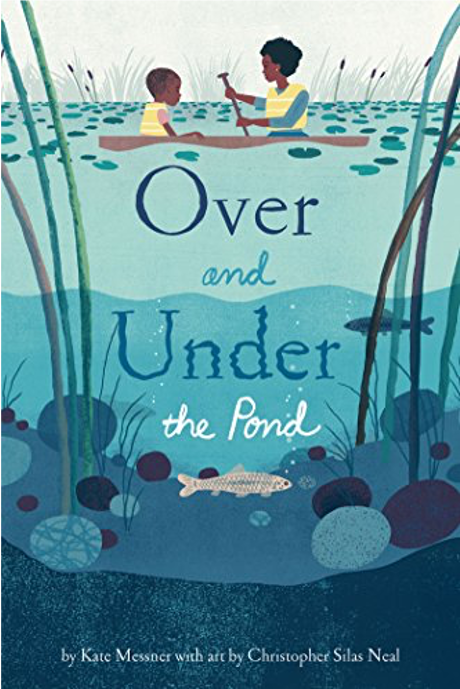
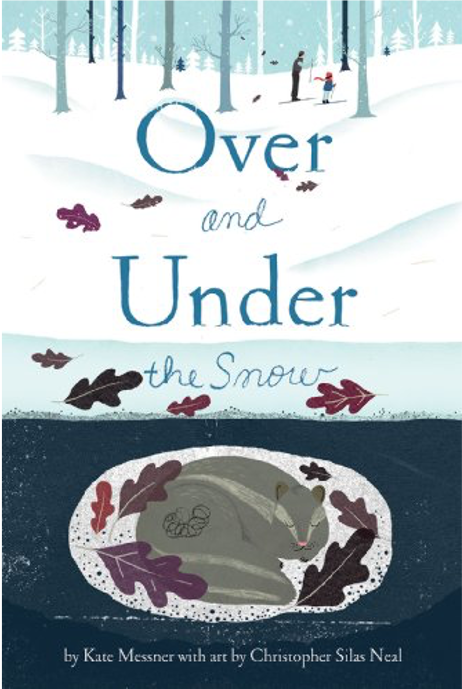
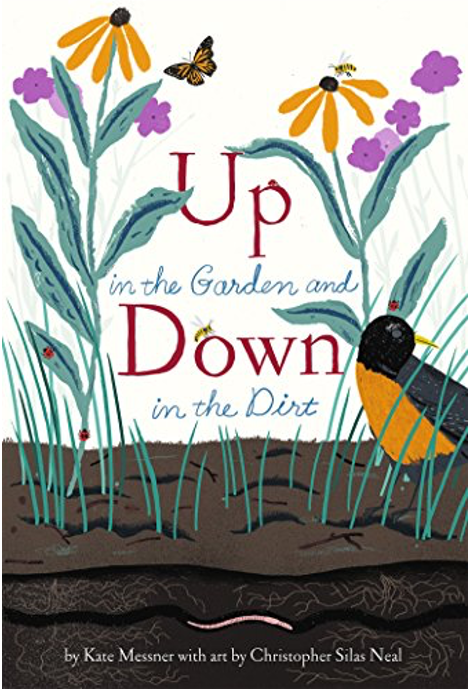
.png)
